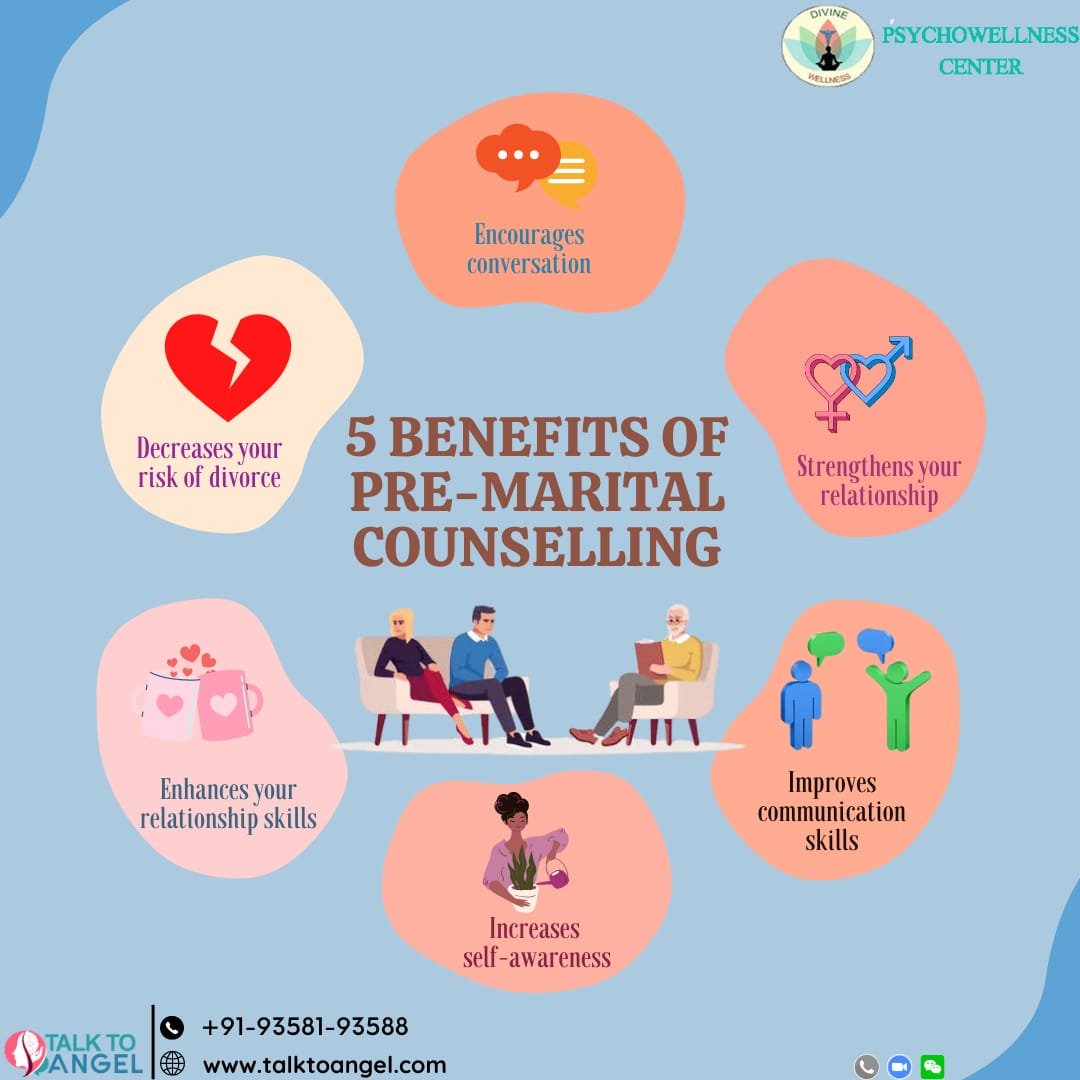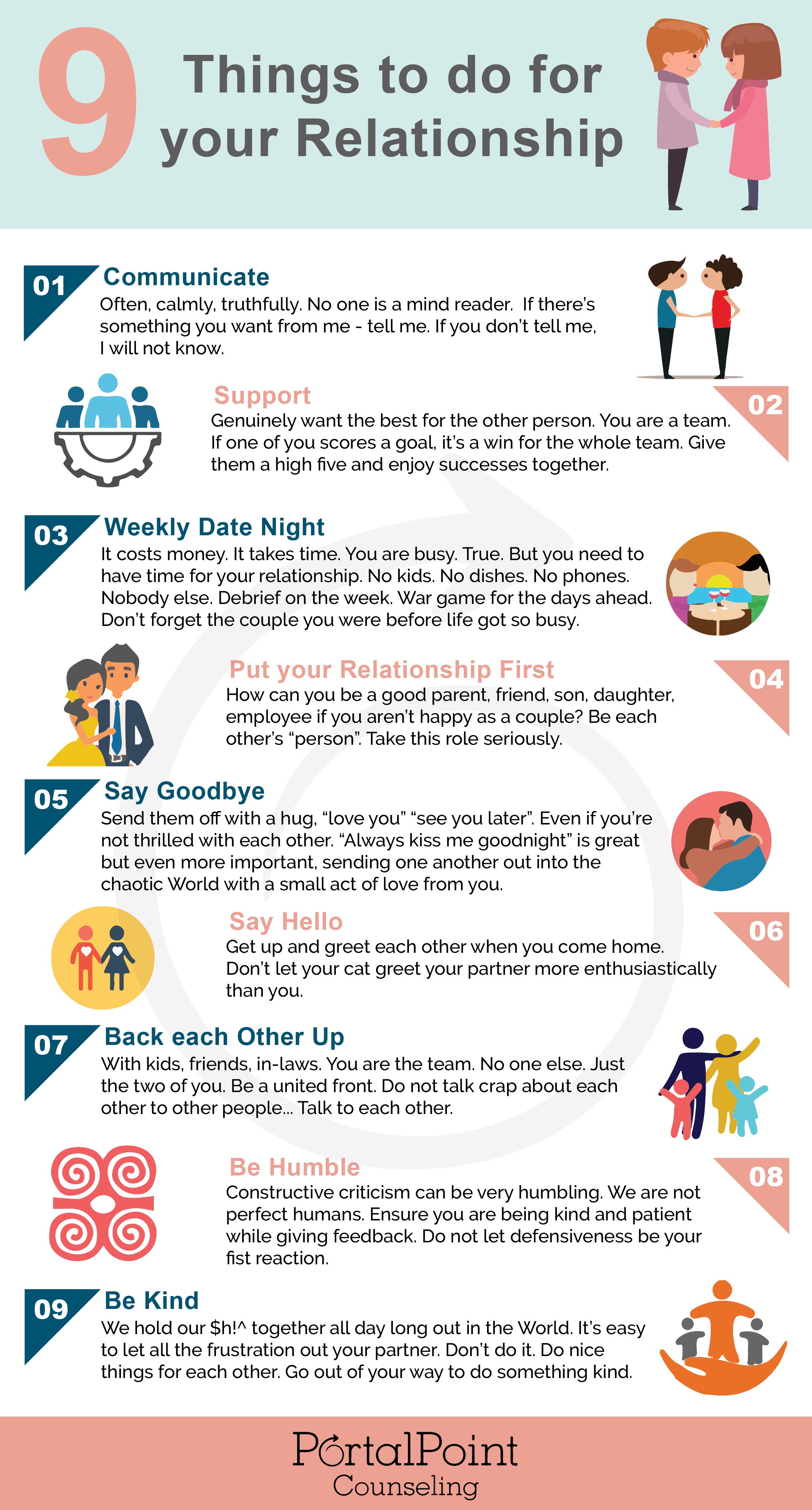What Does Aim Point Counseling Mean?
What Does Aim Point Counseling Mean?
Blog Article
The Definitive Guide for Aim Point Counseling
Table of ContentsHow Aim Point Counseling can Save You Time, Stress, and Money.The Single Strategy To Use For Aim Point CounselingAim Point Counseling - The FactsHow Aim Point Counseling can Save You Time, Stress, and Money.Examine This Report about Aim Point CounselingSome Known Questions About Aim Point Counseling.
The longitudinal design involves a pre-treatment survey and two follow-up studies at 3- and 12-months post-intervention. The study is set in eight Relationships Australia Victoria centres, across city, external suburban areas, and regional/rural websites. Relationships Australia, a non-government organisation, is the biggest supplier of couple therapy and relationship solutions in Australia.
These high prices of partnership breakdown have actually been constantly associated with adverse health and wellness repercussions for both grownups and kids complying with divorce/separation.
Aim Point Counseling Fundamentals Explained
Longitudinal studies also recommend that youngsters of divorce have a higher incidence of emotional problems, alcohol and drug use, and risky sexual practices [7] The effects of separation and splitting up can be harmful, study suggests that high relationship discord in intact pairs is also most likely to have adverse results.
Research to date has identified both couple and private variables that might contribute to relationship dissonance. These consist of connection contentment and commitment at the couple level, and anxiety at the specific level.
3 Easy Facts About Aim Point Counseling Shown
Relationship complete satisfaction has been the most usual end result variable determined in more than 200 evaluations of couple coaching [11,12] Studies have found substantial enhancements in relationship contentment from pre- to post-treatment [13,14] and over the program of one to two years adhering to therapy [15] In these studies, partnership complete satisfaction was most regularly assessed making use of the Dyadic Adjustment Range (DAS) [16] While many research studies suggest renovations in connection contentment complying with pair therapy, they are restricted by the samples and steps utilized, mainly temporary follow-up time structures, and analyses that do not account for the dyadic nature of couple information., is an additional generally examined partnership end result.
To summarise, research study suggests that couple-specific variables as well as specific elements might predict the results of pair counselling and connection solutions. The causal instructions of these connections, nonetheless, is much less clear. These observations are very important, considering that, to warrant and guide the application of relationship services such as pair therapy, empirical evidence should check out both the end results of relationship services and the elements that forecast successful therapy.
, at the very least in some European nations.

We currently recognize little regarding the profiles of couples that look for connection education compared with those that seek relationship therapy, or the end results of these programs. Unscientific evidence suggests that there might be substantial distress among at the very least some couples looking for connection education and learning. Relationship education and learning programs vary from couple counselling as they are typically extremely structured, conducted in groups, and concentrate on a blend of four elements; understanding, responses, cognitive change, and abilities training [45]
Aim Point Counseling for Dummies
Responses involves participants completing questionnaires regarding their relationship (e.g. actions of social troubles), and obtaining info on what their scores suggest. Cognitive-behavioural methods advertise altering cognitions to assist in positive relationships. These might include promoting practical attributions/expectations around unfavorable companion practices [46] Lastly, in abilities training, pairs attend lectures or discussions on relationship skills, and practise these throughout facilitator-led tasks [ 45]
These effects have continued for up to 4 years in some research studies [47] These meta-analyses highlight restrictions in the existing literature on connection education and learning. Particularly, most of studies involved pairs from top socio-economic backgrounds who were not experiencing high partnership disharmony [47,48] This sample profile might not represent customers who commonly provide for relationship education and learning.
Aim Point Counseling Things To Know Before You Buy

Really little research study has actually checked out the relative advantages of pair counselling and connection education and learning programs. As clients are most likely to self-select right into these solution kinds, it is unclear whether characteristic partnership distress profiles existing to each solution type, or without a doubt whether there is an interaction between providing account, service type and outcome.
(https://dzone.com/users/5298430/a1mpoint.html)
Hence, we have actually consisted of a 12-month follow-up to gauge longer-term trends and impacts. The study utilizes a variety of standardized result actions given that some previous investigations have been criticised for their absence of standardised evaluation [50] Ultimately, making use of analytical analyses that assume freedom of information, such as t-tests, or ANOVAs, has actually been widespread in previous researches [ 44,49]
Therefore, find more info we suggest to utilise multi-level statistical modelling treatments that control for the inter-dependence of pair information to analyze any type of treatment impacts. The specific aims of the ECC research are to: 1. Map accounts of clients looking for community agency-based pair coaching vs. partnership enhancement programs in regards to socio-demographic and connection indicators (such as connection satisfaction, connection dedication, interpersonal issues, and reasons for going to), as well as wellness (such as anxiety, basic health and wellbeing) and health service usage (eg.
2. Identify whether couple counselling and relationship education solutions improve three- and twelve-month results for partnership complete satisfaction, dedication, and depression, using statistical evaluations ideal to couple data. 3. Figure out the loved one contributions of client elements (private and pair) and therapy/education variables to outcomes at 3- and 12-months, and to sustainability of outcomes in time.
Rumored Buzz on Aim Point Counseling
Multi-level modelling to determine pre-post distinctions, managing for dyadic (couple) degree. To contribute to the literature examining the efficiency of community-based couple coaching. The results will certainly help clinical decision-making in community-based partnership solution setups, and professional training. 3. To determine the relative payments of client/couple and therapy variables to results at 3- and 12-months, and to sustainability of end results gradually.
Report this page